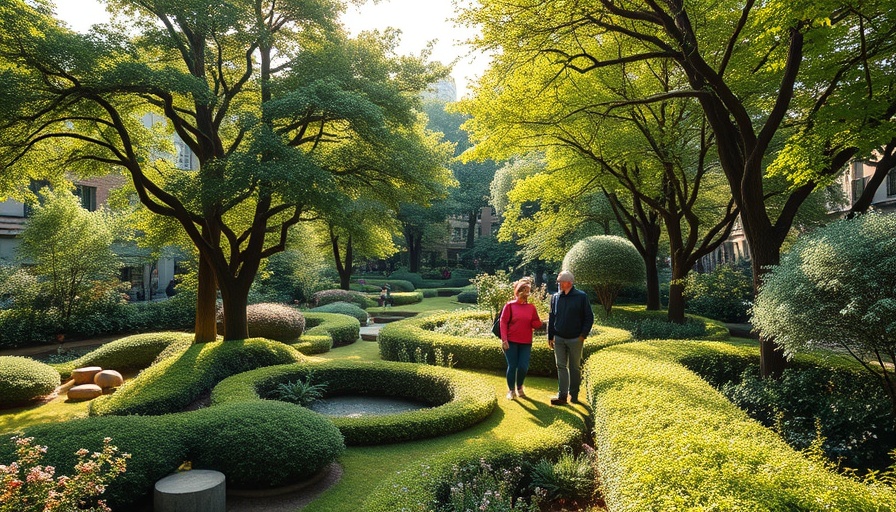
Shaping Urban Biodiversity: The Role of Community
Urban spaces, often dominated by concrete and asphalt, are gradually transforming into vibrant ecosystems thanks to community involvement. Melbourne's Degraves Street, once a mere service corridor, now thrives with native flora, showcasing the power of co-design in enhancing urban biodiversity. Communities are stepping up to participate actively in urban greening efforts, going beyond passive observation to becoming stewards of their local environment.
The Science Behind Community Engagement
Research supports the narrative that communities play a vital role in successful biodiversity initiatives. Entities like the Institute of Development Studies have found that when the public participates in the design, planning, and implementation of green spaces, the results are not only more sustainable but also foster a sense of ownership and pride among residents. This participatory approach is gaining traction, emphasizing the need for collaboration between planners and the communities they serve.
Innovative Policies Fostering Local Stewardship
In the UK, the Biodiversity Net Gain (BNG) policy serves as a benchmark for integrating community insights into new developments. Mandating a minimum 10% increase in biodiversity in all new housing developments, it prioritizes authentic community input. This legislation is a game changer, highlighting that successful environmental outcomes are rooted in genuine community engagement rather than just technical solutions.
Melbourne's Urban Forest Fund: A Model of Success
Melbourne's commitment to urban greening through its Urban Forest Fund reveals a blueprint for other cities. By fostering conditions that promote community-led biodiversity initiatives, the city combines grant funding with local knowledge, supporting projects like green roofs and vertical planting. This model not only enhances urban aesthetics but also encourages biodiversity, creating microclimates and habitats vital for urban wildlife.
A Lasting Legacy Through Small Interventions
Effective urban biodiversity dependent on small, community-driven projects rather than singular large-scale ones is becoming increasingly apparent. By adopting an approach that champions local interventions, cities can cultivate lasting ecological impacts. The aggregate effect of smaller efforts leads to enhanced biodiversity over time, demonstrating that everyday actions collectively contribute to a greener urban landscape. As we look to the future, it’s clear that integrating community engagement into urban planning is essential for nurturing urban ecosystems.
 Add Row
Add Row  Add
Add 




Write A Comment